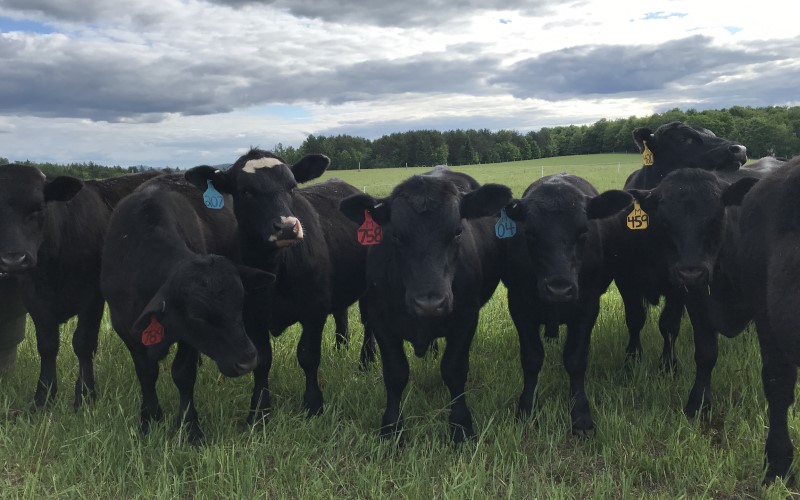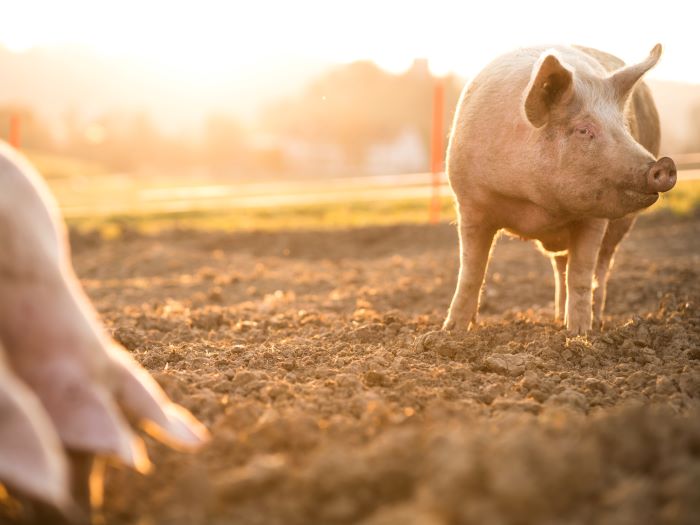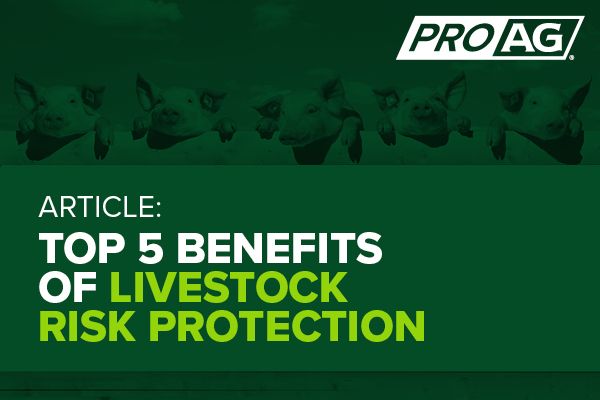Comprehending Animals Threat Defense (LRP) Insurance Coverage: A Comprehensive Overview
Navigating the world of livestock risk defense (LRP) insurance can be an intricate venture for many in the farming field. From exactly how LRP insurance coverage operates to the different insurance coverage choices offered, there is much to reveal in this thorough overview that can potentially form the means animals producers come close to threat management in their services.

Exactly How LRP Insurance Policy Works
Periodically, comprehending the mechanics of Livestock Danger Protection (LRP) insurance policy can be intricate, but breaking down exactly how it works can provide clearness for breeders and farmers. LRP insurance is a risk management device designed to secure animals producers versus unforeseen price declines. The plan permits manufacturers to establish an insurance coverage level based on their particular demands, choosing the variety of head, weight array, and insurance coverage rate. Once the plan is in place, if market value drop below the protection rate, manufacturers can sue for the distinction. It's important to keep in mind that LRP insurance coverage is not a revenue guarantee; rather, it concentrates entirely on rate threat security. The coverage duration usually ranges from 13 to 52 weeks, offering adaptability for manufacturers to select a period that lines up with their manufacturing cycle. By using LRP insurance, farmers and ranchers can alleviate the economic dangers related to rising and fall market value, ensuring greater stability in their operations.
Eligibility and Coverage Options

When it comes to insurance coverage choices, LRP insurance coverage provides producers the flexibility to choose the coverage degree, coverage duration, and recommendations that best suit their danger monitoring requirements. By understanding the eligibility criteria and insurance coverage options offered, livestock manufacturers can make informed decisions to manage threat properly.
Advantages And Disadvantages of LRP Insurance Coverage
When assessing Livestock Risk Security (LRP) insurance, it is crucial for animals producers to consider the benefits and disadvantages intrinsic in this risk administration tool.

One of the key advantages of LRP insurance is its capability to provide protection against a decrease in animals costs. Additionally, LRP insurance coverage provides a level of flexibility, enabling manufacturers to tailor coverage degrees and policy periods to suit their certain requirements.
Nonetheless, there are likewise some drawbacks to consider. One constraint of LRP insurance coverage is that it does not protect against all kinds of dangers, such as disease outbreaks or natural disasters. Costs can in some cases be pricey, specifically for producers with large livestock herds. It is crucial for manufacturers to carefully examine their individual danger direct exposure and economic circumstance to figure out if LRP insurance coverage is the ideal risk monitoring device for their procedure.
Comprehending LRP Insurance Coverage Premiums

Tips for Optimizing LRP Perks
Making the most of the advantages of Livestock Risk Defense (LRP) insurance policy requires calculated planning and proactive threat management - Bagley Risk Management. To take advantage of your LRP protection, take into consideration the adhering to tips:
On A Regular Basis Examine Market Problems: Stay informed about market trends and price variations in the livestock industry. By checking these elements, you can make informed decisions regarding when to buy Full Report LRP coverage to safeguard against potential losses.
Set Realistic Insurance Coverage Levels: When selecting insurance coverage levels, consider your production prices, market worth of livestock, and prospective risks - Bagley Risk Management. Establishing realistic coverage levels makes sure that you are appropriately shielded without overpaying for unnecessary insurance
Expand Your Protection: Rather than relying exclusively on LRP insurance policy, consider diversifying your risk monitoring approaches. Incorporating LRP with various other risk management tools such as futures contracts or choices can provide detailed protection versus market unpredictabilities.
Testimonial and Change Insurance Coverage Regularly: As market problems alter, occasionally evaluate your LRP insurance coverage to guarantee it lines up with your existing risk direct exposure. Readjusting protection degrees and timing of purchases can help optimize your risk protection approach. By complying with these tips, you can make best use of the benefits of LRP insurance coverage and safeguard your livestock operation versus unanticipated threats.
Verdict
To conclude, animals danger defense (LRP) insurance policy is a valuable tool for farmers to handle the economic dangers connected with their animals operations. By recognizing how LRP functions, qualification and coverage options, in addition to the pros and cons of this insurance policy, farmers can make educated decisions to safeguard their resources. By carefully thinking about LRP costs and implementing methods to take full advantage of benefits, farmers can mitigate potential losses and make certain the sustainability of their operations.
Livestock manufacturers interested in obtaining Animals Risk Defense (LRP) insurance can check out a range of qualification criteria and insurance coverage alternatives customized to their details animals operations.When it comes to coverage alternatives, LRP insurance coverage offers producers the versatility to my blog select the insurance coverage level, protection period, and endorsements that ideal fit their danger administration needs.To comprehend the ins and outs of Livestock Danger Security (LRP) insurance coverage completely, comprehending the aspects influencing LRP insurance coverage anonymous costs is crucial. LRP insurance premiums are established by different elements, consisting of the coverage degree selected, the expected rate of livestock at the end of the coverage period, the kind of livestock being insured, and the length of the insurance coverage duration.Evaluation and Adjust Insurance Coverage On a regular basis: As market conditions change, periodically review your LRP insurance coverage to ensure it straightens with your present risk exposure.